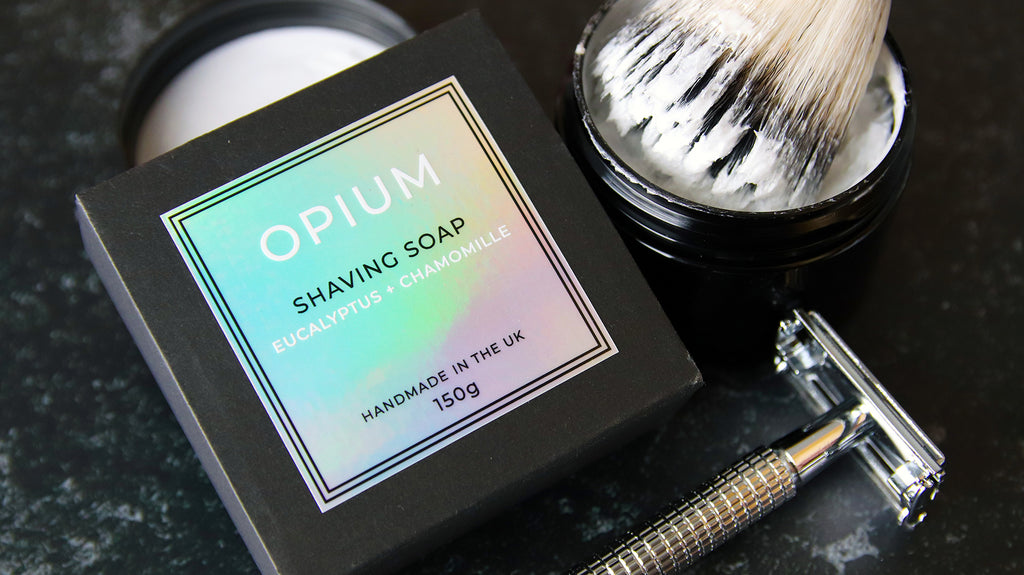Unlocking Ancient Knowledge: From 3,000 BC to Sticker it
Share
We wholeheartedly believe in the effectiveness of sticker marketing. Stickers are a low-cost, high-impact way to brand your products, increase exposure and attract new customers.
While big brands like Apple have long been giving away stickers with their orders, many businesses are yet to unlock this secret advertising weapon. However, there should be no secret at all. Stickers have been used for advertising for centuries. But how did they come about?
We want to offer a short historical overview of stickers and their seemingly natural connection to advertising. So let’s jump right in.
The Ancient Sticker
To explore the history of the sticker, it first depends on our definition of it. If we consider a sticker to be a printed piece of paper or plastic that is applied to surfaces using a form of adhesive, we can start our survey about 5,000 years ago.
Historians trace the sticker back to Ancient Egypt. Archaeologists actually found pieces of papyrus, ancient paper made from the papyrus plant, stuck to mud walls using animal-based “glue” which hold product information and prices for goods sold at markets – a marketing strategy from the very beginning.
Victorian Advertising
Super fast-forward to nineteenth-century Victorian England, where new media and with that, new advertising was booming. The Victorian times were very much an age of consumption which promised a great opportunity for aspiring marketers.
Their tactics were very much visual advertising using boardmen and bill-stickers. Bill-stickers were men that applied posters using an adhesive glue over the top. These could get pretty territorial as posters could very easily be covered up by rival businesses. While the adhesive is technically on the “wrong” side, this can very easily be seen as the forerunner of stickering.
Similarly, stickers were used on the famous Victorian markets to not only display pricing information but to make products stand out and catch the attention of potential customers. This is, of course, still a common tactic used by shop front brands today.

Victorian Advertising
Two men are usually credited with the invention of the sticker: Rowland Hill and R. Stanton Avery. Rowland Hill developed adhesive paper in 1839 which was mainly used for stamps. While his invention needed added adhesive, Avery produced the first self-adhesive labels in 1935.
This discovery was almost exclusively utilized by manufacturers and businesses to market their products and display relevant information, again linking stickers and advertising inherently.
Today, stickers have become a necessity for exactly that: pricing labels, barcodes and even more recently, QR codes and social distancing graphics. This is amazing and super useful however, it leads to us often overlooking the actual marketing power stickers possess.
At Sticker it, we revitalize stickers and want to help you tap into their potential by offering amazing effects that will elevate your brand and product packaging.
